Yellow flowers give a striking splash of color and brilliance to the colorful tapestry of Texas landscapes. Warmth and beauty fill the scene as beautiful golden blooms adorn the vast grasslands and dense forests. Yellow flowers have a unique charm among the varied variety of plants; they draw pollinators and dazzle onlookers alike.
Different Types of Yellow Flowers in Texas
Sneezeweed
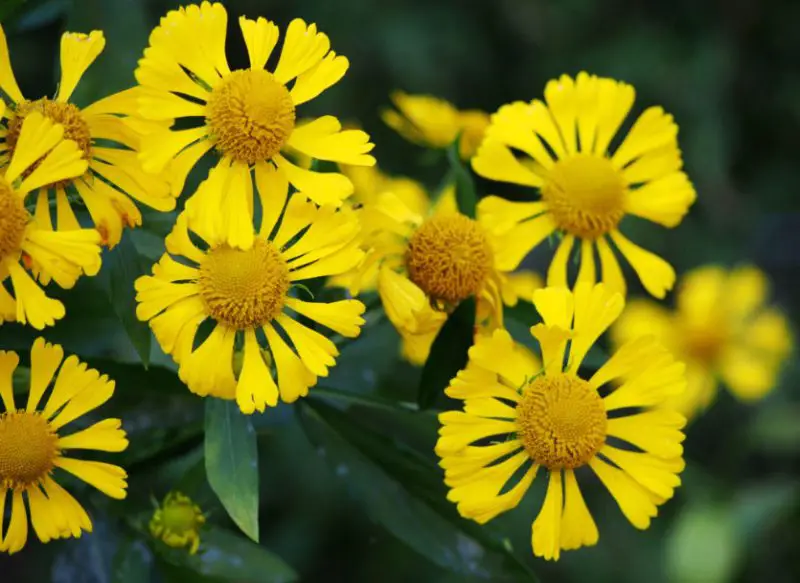
Sneezeweed, scientifically known as Helenium autumnale and referred to as Bitterweed or False Sunflower, is a perennial that grows to a height of 24 to 60 inches and is found in USDA Hardiness Zones 3 through 8a. Its fall-blooming daisy-like flowers beautify Texas’s ponds, wetlands, and streams. Native bees, honey bees, wasps, butterflies, and beetles are drawn to the wild form even if some developed species have more spectacular blooms.
Sneezeweed pollen, despite its name, rarely causes allergies; instead, it alludes to an antiquated medical method of using the leaves to make snuff, which causes sneezing and is thought to ward off evil spirits. This resilient plant can withstand common illnesses and thrive in a variety of soil types.
Black-eyed Susan
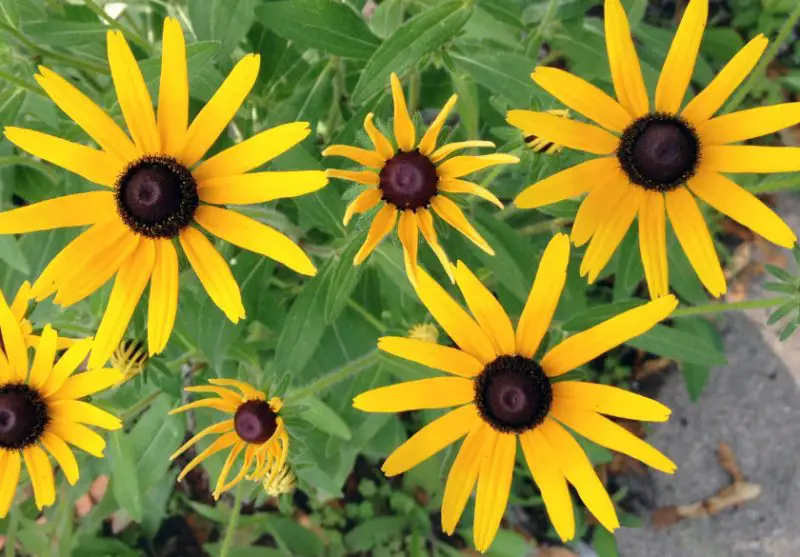
Growing to a height of 24–36 inches, Black-eyed Susan, scientifically known as Rudbeckia hirta and also called Gloriosa Daisy, is a biennial or short-lived perennial that does well in USDA Hardiness Zones 3–9. Its vivid blooms in hues of yellow, orange, red, and brown, each with a stunning dark “eye” in the center, adorn open woods, grasslands, and roadsides throughout Texas.
Because of their easy cultivation and quick blooming, these flowers are a popular choice for gardens, parks, borders, and containers. They also draw a lot of bees, birds, butterflies, and even goldfinches.
Green-headed Coneflower
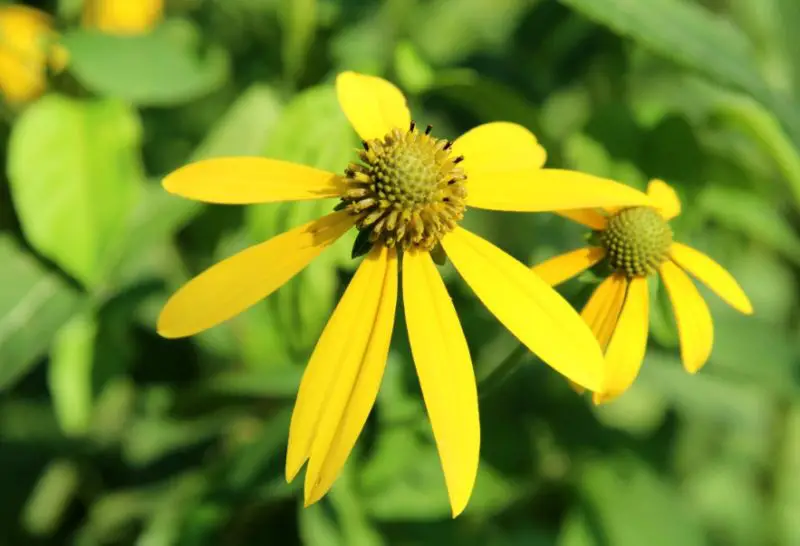
The scientific name for Green-headed Coneflower, or Rudbeckia laciniata, is also Wild Goldenglow or Cutleaf Coneflower. It is a perennial that grows to enormous heights of 36–108 inches in USDA Hardiness Zones 3–9. In Texas, it’s difficult to miss with its eye-catching bright yellow blossoms when it’s close to woodlands, stream banks, and roadside ditches. Plant it in meadows and grasslands to draw pollinators such as bees and butterflies.
In the fall, it provides seeds that are eaten by songbirds such as goldfinches. But be aware that it spreads quickly underground by rhizomes, so larger landscapes need to allow plenty of room for it.
Hoary Puccoon
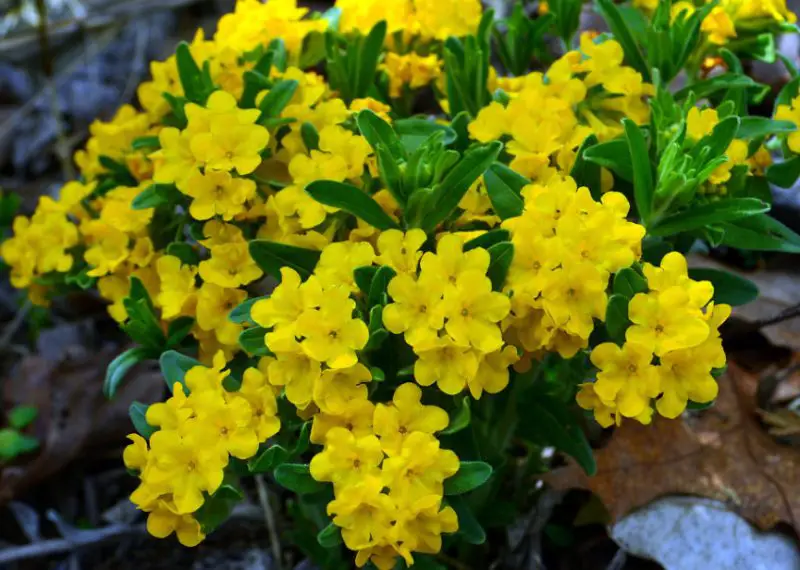
Scientifically named as Lithospermum canescens, Hoary Puccoon—also called Indian Paint or Hoary Gromwell—is a perennial that grows to a height of 6 to 18 inches and is found in USDA Hardiness Zones 3 through 7. It features vivid clusters of yellow-orange flowers that are highly visible from a distance, and it blooms from spring to early summer.
In the natural, it favors sandy forests, savannas, and prairies with soft, hairy green leaves. It is available from nurseries as transplants or potted plants, though it is difficult to germinate.
Goldenrod
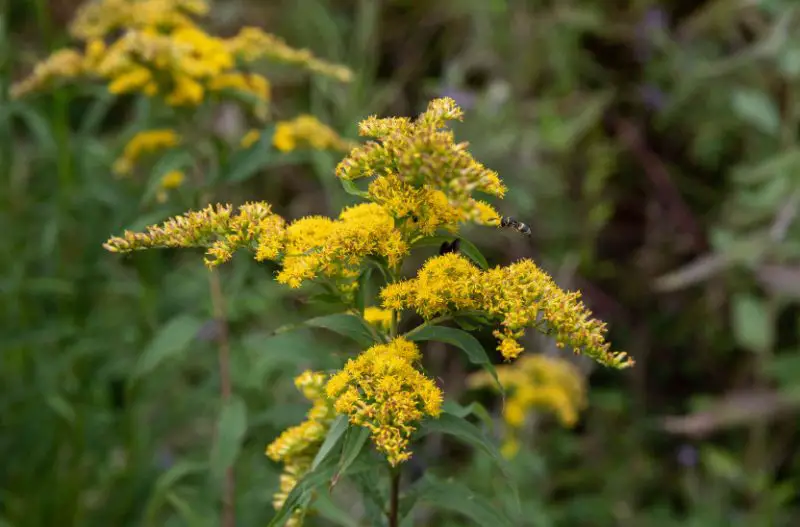
With a height range of 36 to 60 inches, Flat Topped Goldenrod, formally known as Solidago, or Canada Goldenrod, is a perennial that grows well in USDA Hardiness Zones 3 through 9. Small but bright blooms that adorn branched stems in late summer and fall are found on over 120 native species in North America.
Although Goldenrod is unjustly known to induce hay fever (which is actually caused by ragweed that looks similar), it is safe to eat and in Texas, it draws a wide variety of specialist bees, butterflies, and beetles. Regular trimming along with container planting can help control its aggressive tendency to spread in gardens.
Common Sunflower
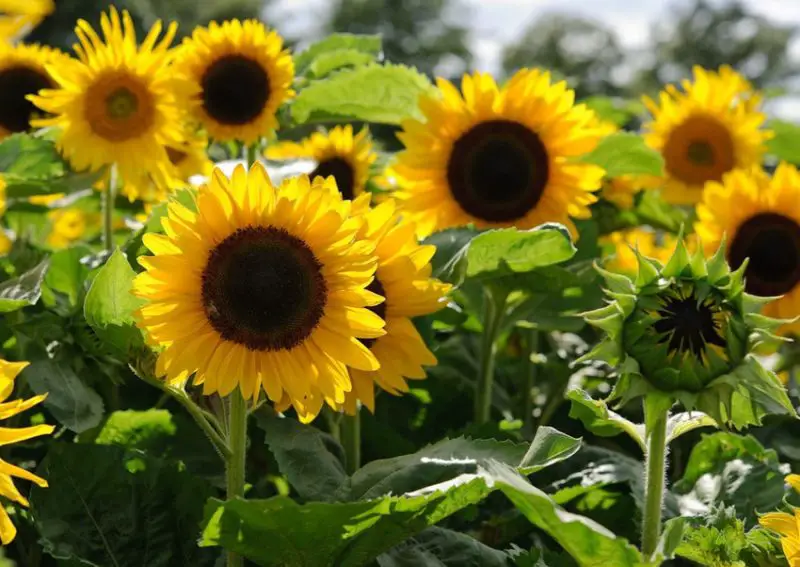
Growing to be a towering 36–120 inches tall annual, the common sunflower, scientifically known as Helianthus annuus, is sometimes called wild sunflower or comb flower. It thrives in USDA Hardiness Zones 2–11. It is easily recognizable in late summer and early fall with its big golden petals and black cores. It’s a garden favorite as well, giving pollinators, bees, and butterflies something to eat.
It may be found in grasslands, old fields, and woodland borders. Its seeds provide a delicious feast for humans as well as for birds and mammals.
Common Mullein
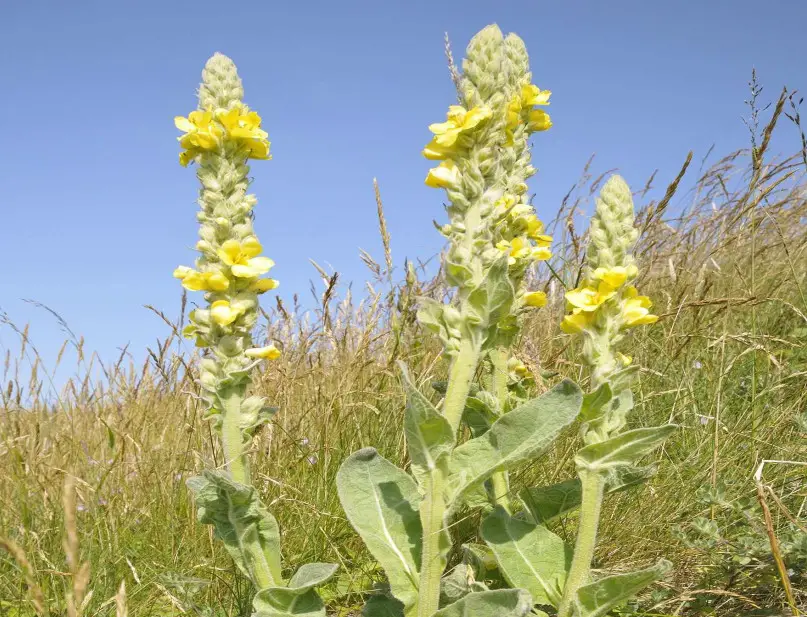
Originating in Europe, Asia, and Africa, Common Mullein, or formally known as Verbascum thapsus, is a native of Texas. It is also referred to as Flannel Plant or Velvet Dock. With its tall stems covered in thick clusters of tiny yellow blossoms, it is widely distributed along roadsides, in meadows, and in pastures. It can be identified by its velvety leaves, which have an appearance similar to maize.
It was prized for its therapeutic qualities and was used traditionally to cure inflammations and lung conditions. Extracts of it are still sold in health stores.
Seedbox
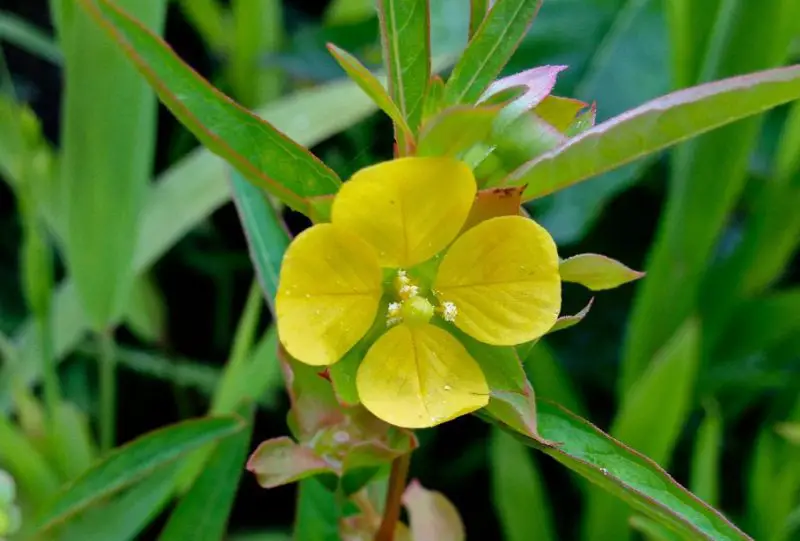
Native to Texas, Seedbox, scientifically named Ludwigia alternifolia (sometimes called Rattlebox), is a yellow wildflower that grows best in USDA Hardiness Zones 4–8a. Its petite, four-petaled yellow blooms and lance-shaped green leaves give it a distinctive appearance.
It grows well in floodplains, marshes, and wet meadows. Its square-shaped fruits, which ripen in the fall and winter, rattle when you shake them because they contain seeds. Its blossoms, which endure for two to three months in the summer, draw native pollinators, which makes it a great plant for water gardens or the shores of lakes and streams because of its heat tolerance.
Common Goldstar
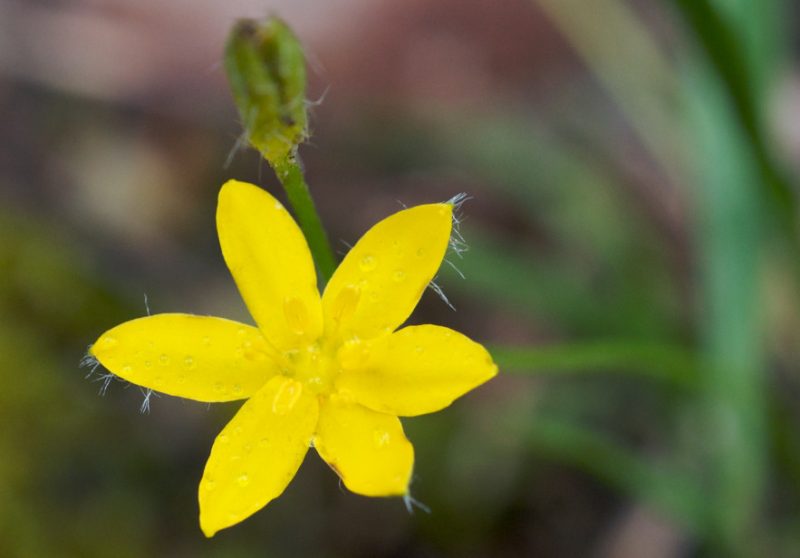
Yellow star grass, or common goldstar, is actually Hypoxis hirsuta, a plant that grows to a height of 4 to 18 inches and is a perennial that does well in USDA Hardiness Zones 3 through 9. Its star-shaped yellow flowers bloom from spring to summer, bringing butterflies and bees to forest settings and rock gardens.
It is native to Texas and spreads loosely in fields and forests. Despite having leaves that resemble grass, it is easily recognized when it is in full bloom. Although it can spread throughout lawns, it isn’t very hostile.
Sulphur Cinquefoil
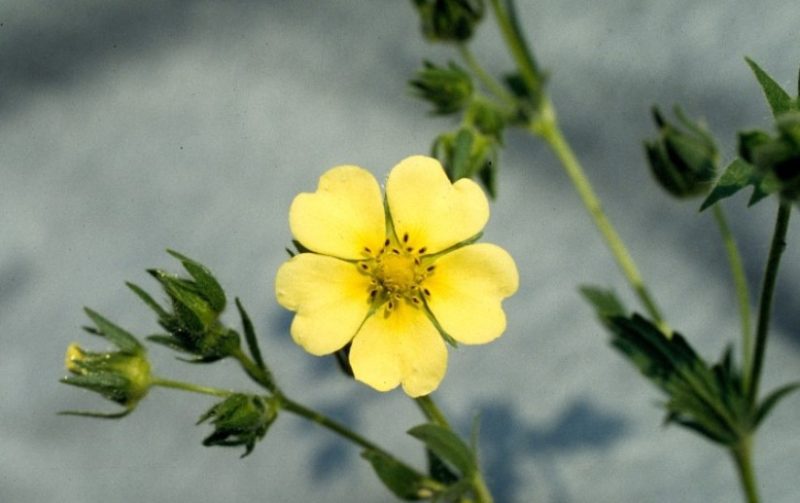
Sulphur Cinquefoil (Potentilla recta), often called Round-fruited Cinquefoil or Upright Cinquefoil, is an invasive yellow wildflower that grows well in USDA Hardiness Zones 3 through 8. Its fast proliferation threatens native plants and habitats; it is native to Africa, Asia, and Europe.
It is identified by its yellow blossoms with five petals and its leafy stems that stand erect. It grows in disturbed areas, fields, and lakeshores. It is essential to use caution when planting this species. On the other hand, Potentilla gracilis, also known as Slender Cinquefoil, is a native hybrid that has shorter hairs on its stems and leaves. It has brighter flowers and is a safer choice for gardens.
Buttercups
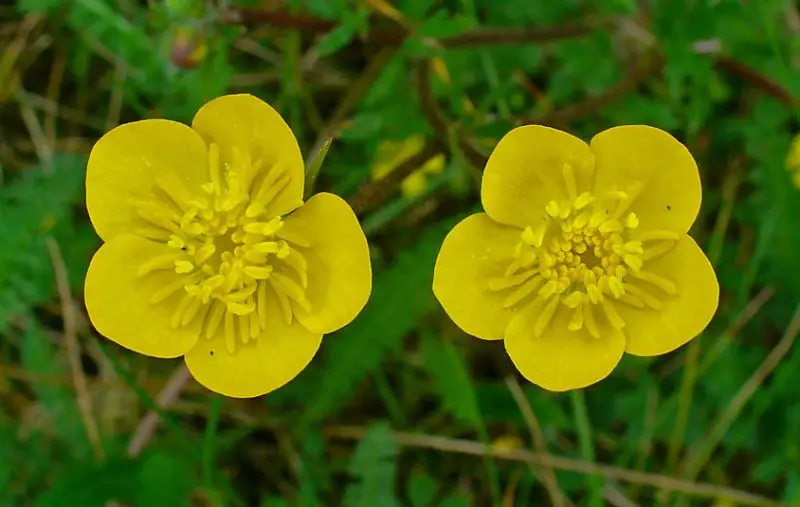
The genus Ranunculus that includes buttercups is also referred to as spearworts or water crowfoots. Persian buttercups are a well-liked variety with 600 distinct varieties worldwide, valued for their tall stems and ruffled petals. Although its yellow blooms are well-known, buttercups can also have orange, pink, red, purple, and cream hues.
In Texas, they grow well in fields, meadows, and by the sides of roads; they also draw pollinators. They bloom in the spring and summer.
Spiny Sow-thistle
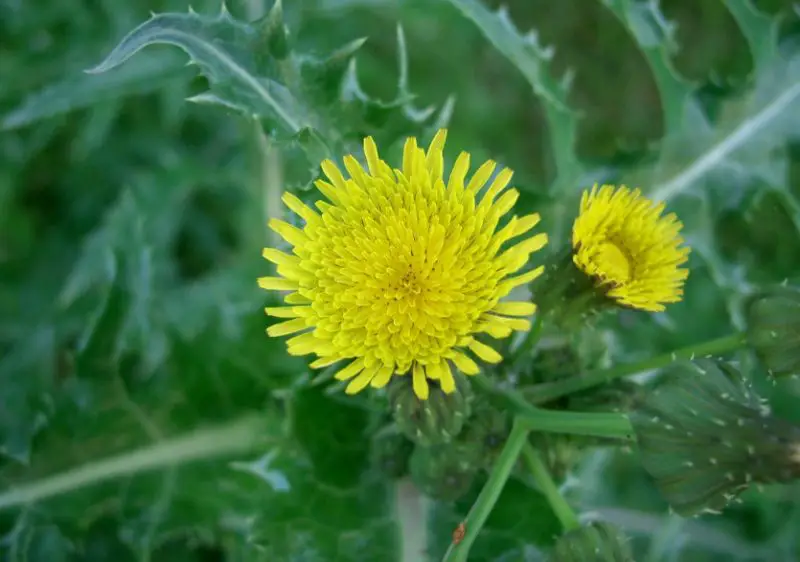
The invasive yellow wildflower known as “spiny sow-thistle,” or “rough milk thistle” (Sonchus asper), is found all over Texas. It is native to Europe, North Africa, and Asia, and USDA Hardiness Zones 6b–9a are ideal for growth. It is frequently found on roadsides, pastures, and empty lots.
It harbors pests and diseases that are harmful to native plants and crops. It should be kept from spreading in order to save local ecosystems. It can be recognized by its prickly leaves and long branches bearing yellow flowers that resemble dandelions.
Carolina Jessamine
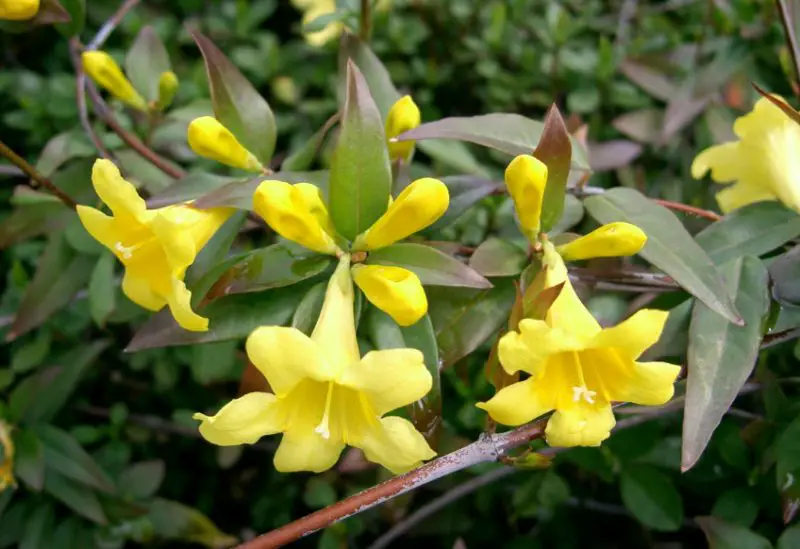
The gorgeous yellow wildflower known as Carolina Jessamine, sometimes called Yellow Jessamine or Woodbine (Gelsemium sempervirens), grows best in USDA Hardiness Zones 7 through 10. Its trumpet-shaped, golden yellow, sweetly scented flowers beautify roadsides, thickets, and open forests from spring through winter.
It draws hummingbirds, butterflies, and bees and is ideal for hanging baskets, trellises, or fences. It thrives with little maintenance, making it a great option for novice gardeners.
Bearded Beggartick
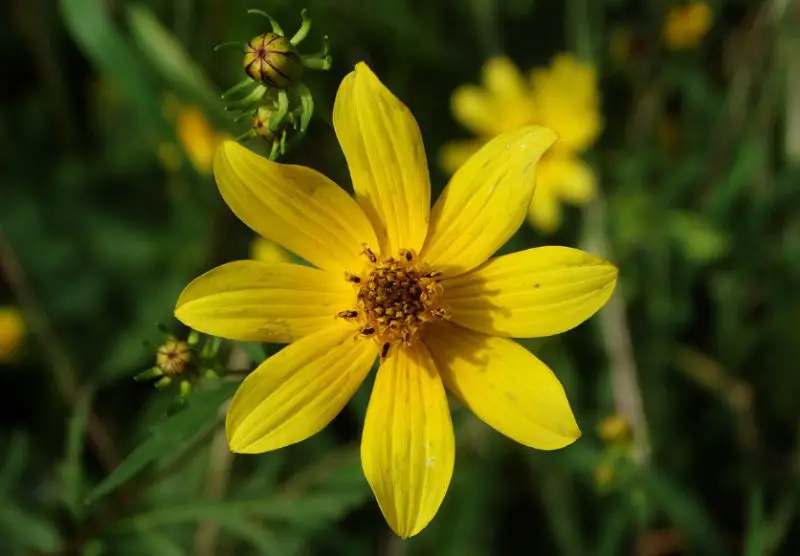
Bearded Beggartick (Bidens aristosa), sometimes called Western Tickseed or Swamp Marigold, brings pops of golden yellow to autumnal scenes. Its daisy-like blossoms draw bees, butterflies, and other helpful insects for pollination.
It can be found in damp meadows, abandoned fields, and ditches alongside roadways. Its seeds are also delicious to ducks and songbirds, which makes it a useful addition to gardens.
Wood Betony
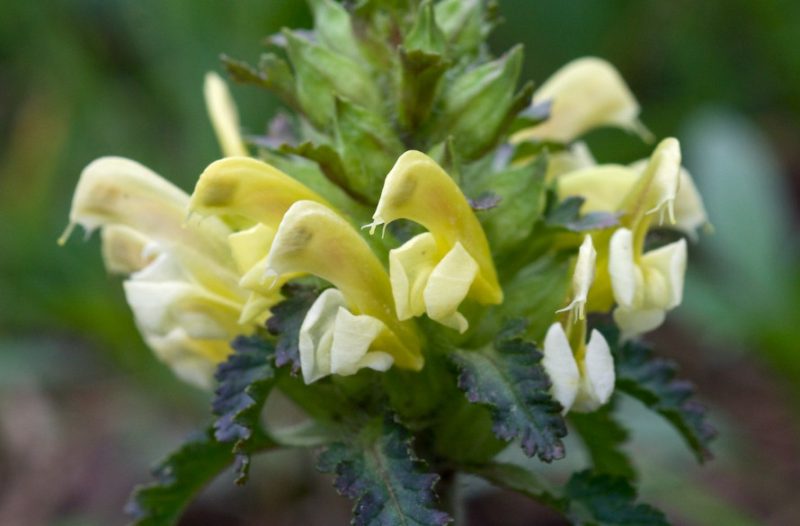
Wood Betony, sometimes called Canadian Lousewort (Pedicularis canadensis), has distinctive yellow-green flowers arranged in clusters atop short, dense spikes. Late summer brings out the reddish-purple tones in its long, velvety, hairy leaves. It is native to Texas and grows well in savannas, dry prairies, and forest areas.
It gives bees—such as Long-tongued bees, Mason bees, and Bumblebees—important nectar and pollen. As a hemiparasite, it produces its own nutrients from chlorophyll but also depends on the roots of other plants for nutrition through a symbiotic interaction with fungi.
Yellow Wood Sorrel
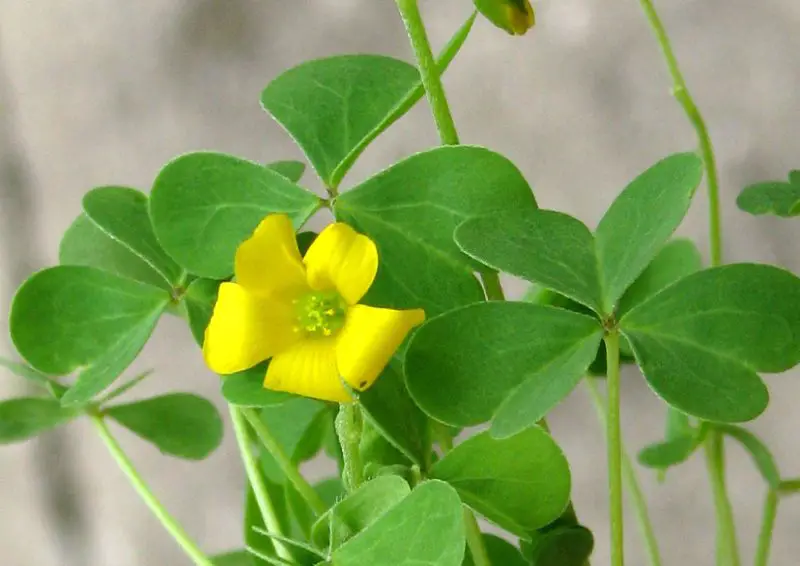
USDA Hardiness Zones 7-9a are ideal for growing Yellow Wood Sorrel, scientifically known as Oxalis stricta. It is also known by other names, such as Common Yellow Oxalis, Toad Sorrel, Lemon Clover, and Sourgrass. With bright yellow blooms and leaves that resemble clover, this perennial or annual plant usually reaches a height of 6 to 15 inches.
It is widely distributed throughout North America, especially in Texas, where it thrives in disturbed regions, meadows, and forests. However, because it offers a toxicity danger to livestock and pets, caution is advised when near properties.
Birds-foot Trefoil
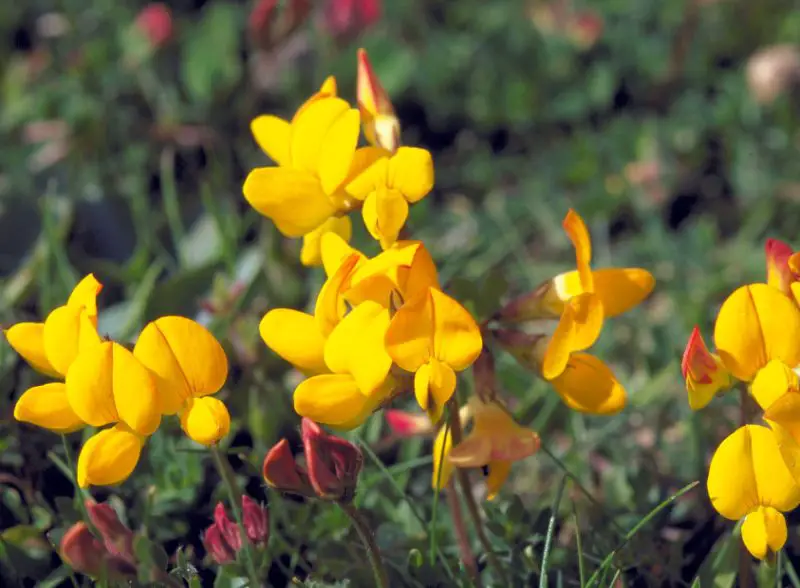
USDA Hardiness Zones 3–8 are ideal for Birds-foot Trefoil, scientifically known as Lotus corniculatus. It is also referred to as Birdfoot Deervetch, Bloomfell, Cat’s Clover, or Crowtoes. It is a perennial that grows to a height of 2 to 8 inches, with tall stems bearing flowers that are streaked with red, orange, and yellow.
Although visually arresting, this invasive wildflower in Texas crowds out native plants in parks, roadsides, and sandy soils. Even though it is invasive, pollinators like bees and butterflies rely on it as a food supply.
Perfoliate Bellwort
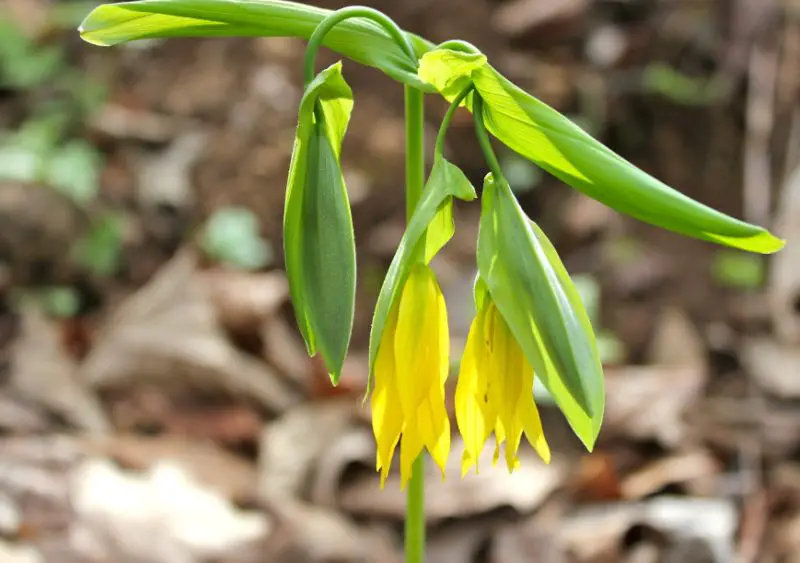
USDA Hardiness Zones 4–8a are ideal for Perfoliate Bellwort, or Uvularia perfoliata, scientifically known as Yellow Bellwort, Mohawk Weed, or Wild Oats. It is a perennial that grows to a height of ten to fifteen inches. In the spring, each stem is adorned with a single, pale yellow flower.
It can be found in Texas’s hardwood forests, floodplains, and dry woodlands. Its edible shoots, leaves, and roots make it a delicious food. This native plant is a great option for gardening in shaded wooded areas since it draws bees and other pollinators.
St. John’s Wort
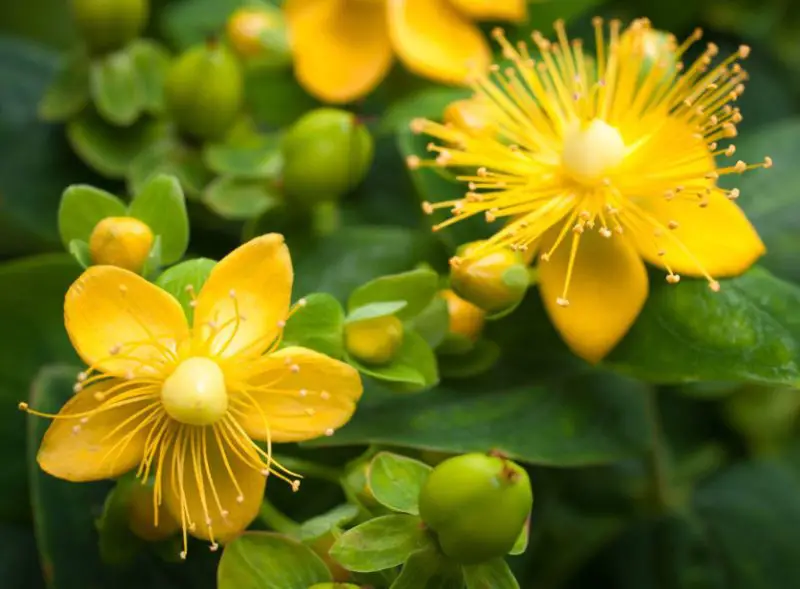
As a perennial that grows to a height of 11 to 35 inches, St. John’s Wort, scientifically known as Hypericum perforatum and also known as Klamath Weed, Tipton Weed, or Goat Weed, is a stronghold in USDA Hardiness Zones 3–8.
It spreads throughout disturbed fields, pastures, and prairies, attracting attention with its brilliant yellow summer blooms. But as an invasive species in North America, this plant is dangerous and could be bad for ecosystems and cattle.
Gumweed
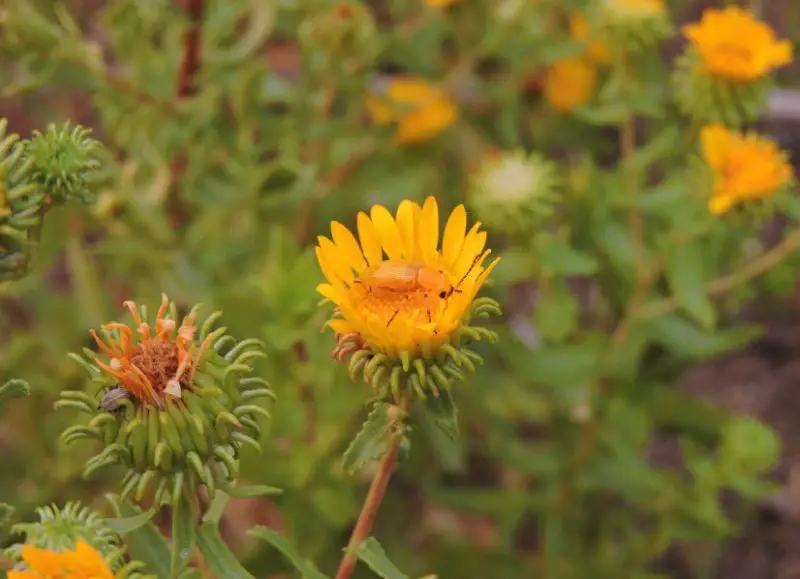
Gumweed, scientifically known as Grindelia squarrosa and referred to as Rosinweed or Tarweed, is a biennial or short-lived perennial that grows well in USDA Hardiness Zones 3–7. It grows to a height of 12 to 40 inches and produces fragrant, daisy-like clusters of yellow flowers from spring through autumn.
Although native bees use it as a source of pollen, wildlife is turned off by its harsh taste. Because gumweed is so abundant in its natural habitat, it isn’t usually grown as an ornamental, despite its striking look.
Dandelion

USDA Hardiness Zones 3–10 are ideal for the common dandelions, or Taraxacum officinale, as they are scientifically called. Its brilliant yellow blooms, which grow to be 6–12 inches tall, give way to silver-tufted seed heads that are easily identified in Texas fields, meadows, and disturbed habitats. Its blossoms attract helpful insects and honeybees.
Although dandelions are regarded as weeds in lawns and along roadsides, they have edible leaves, roots, and blossoms that, when fresh, have a flavor similar to honey. They are adaptable components for salads, wines, teas, and jams.
Thin-leaved Coneflower
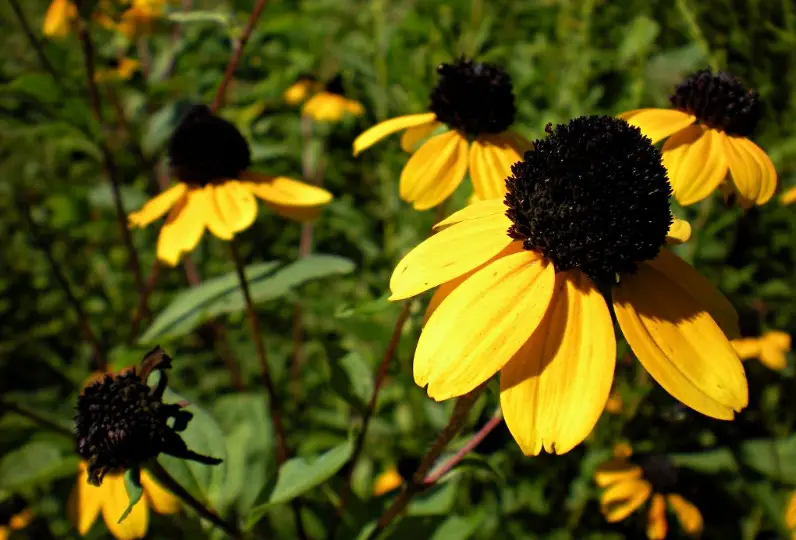
USDA Hardiness Zones 3–11 are ideal for growing the Thin-leaved Coneflower, or scientifically known as Rudbeckia triloba, commonly called Brown-eyed Susan or Three-lobed Rudbeckia. Its golden blossoms, which bloom from summer to fall, adorn Texas prairies, wooded clearings, and wayside spots. It stands 23 to 35 inches tall.
This hardy wildflower is a great addition to perennial borders, gardens, and wildflower meadows since it self-seeds, resists pests, and withstands drought. In addition to drawing in native bees and beneficial insects, groundhogs, rabbits, and deer who enjoy its foliage may also be drawn to it.
People Who Read This Also Read:

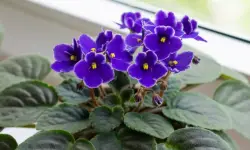
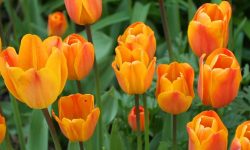
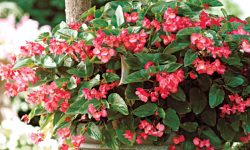
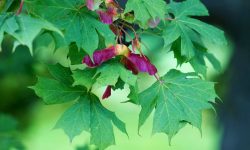
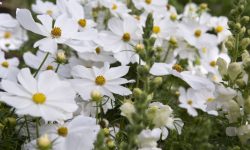
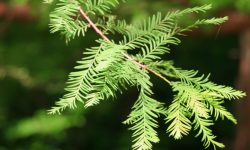

Thank you!! This was helpful information. I was trying to help my granddaughter identify the yellow wildflowers that grow along with bluebonnets and Indian paint brushes in the fields in springtime in Texas!!